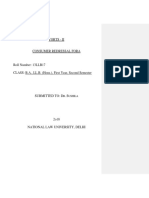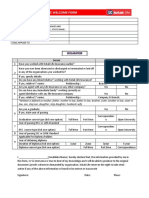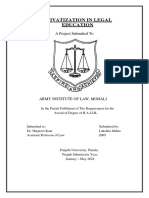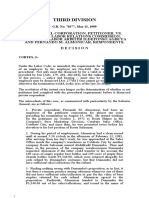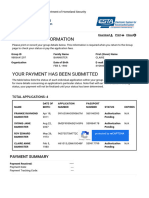0% found this document useful (0 votes)
11 views8 pagesConsumer Protection Laws How They Function in Reality
The document discusses the Consumer Protection Act of 2019 in India, highlighting its framework, fundamental consumer rights, and the grievance redressal mechanism. It addresses the successes and challenges in the practical implementation of the Act, particularly in relation to e-commerce, misleading advertisements, and mediation. The document concludes with recommendations for enhancing consumer protection legislation and emphasizes the role of technology in improving consumer rights awareness and enforcement.
Uploaded by
sachinkr161068Copyright
© © All Rights Reserved
We take content rights seriously. If you suspect this is your content, claim it here.
Available Formats
Download as DOCX, PDF, TXT or read online on Scribd
0% found this document useful (0 votes)
11 views8 pagesConsumer Protection Laws How They Function in Reality
The document discusses the Consumer Protection Act of 2019 in India, highlighting its framework, fundamental consumer rights, and the grievance redressal mechanism. It addresses the successes and challenges in the practical implementation of the Act, particularly in relation to e-commerce, misleading advertisements, and mediation. The document concludes with recommendations for enhancing consumer protection legislation and emphasizes the role of technology in improving consumer rights awareness and enforcement.
Uploaded by
sachinkr161068Copyright
© © All Rights Reserved
We take content rights seriously. If you suspect this is your content, claim it here.
Available Formats
Download as DOCX, PDF, TXT or read online on Scribd
/ 8





















































